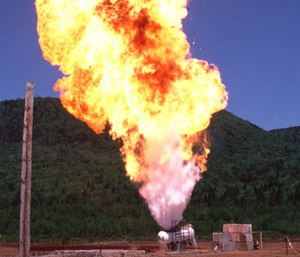Services
FIRE AND LIFE SAFETY SYSTEM DESIGN AND ANALYSIS
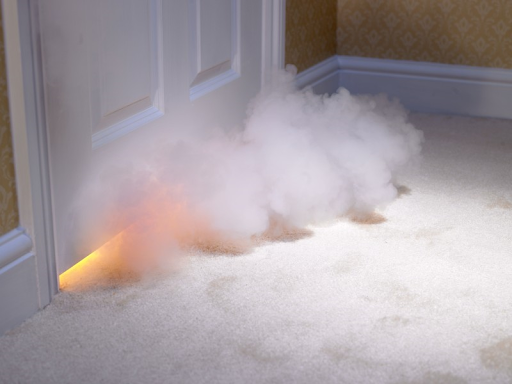
SMOKE CONTROL
Smoke exposure is a primary concern during fire events. We develop smoke computer models to predict the movement of hot smoke and toxic gas through a building. Using these models, system performance can be refined and optimized prior to the procurement and installation of equipment, often resulting in substantial cost savings.
FIRE SUPPRESSION
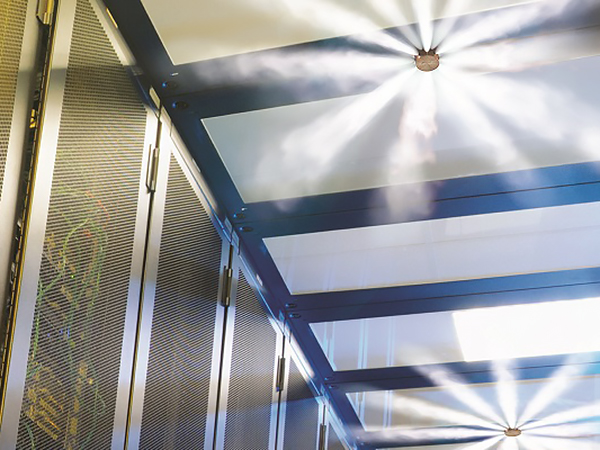
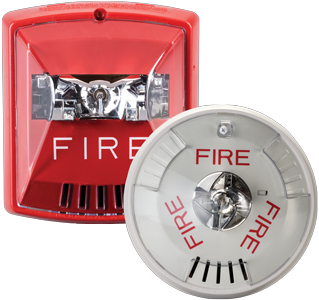
FIRE ALARM DETECTION AND NOTIFICATION
In a fire or emergency, a well-designed fire alarm system is the cornerstone of your fire protection strategy. Working with building owners, designers, and architects, we determine system performance requirements, produce detailed design drawings and documents, perform manufacturer specific calculations, and evaluate the installation of your systems.
PERFORMANCE BASED DESIGN
Performance based design is an essential tool used by fire protection engineers to demonstrate a buildings’ fire safety performance where prescriptive-based codes may result in design restraints. Our engineers, subject matter experts, provide an independent review of the analyses to verify the appropriate application of fire protection engineering principles to the design of buildings and structures.
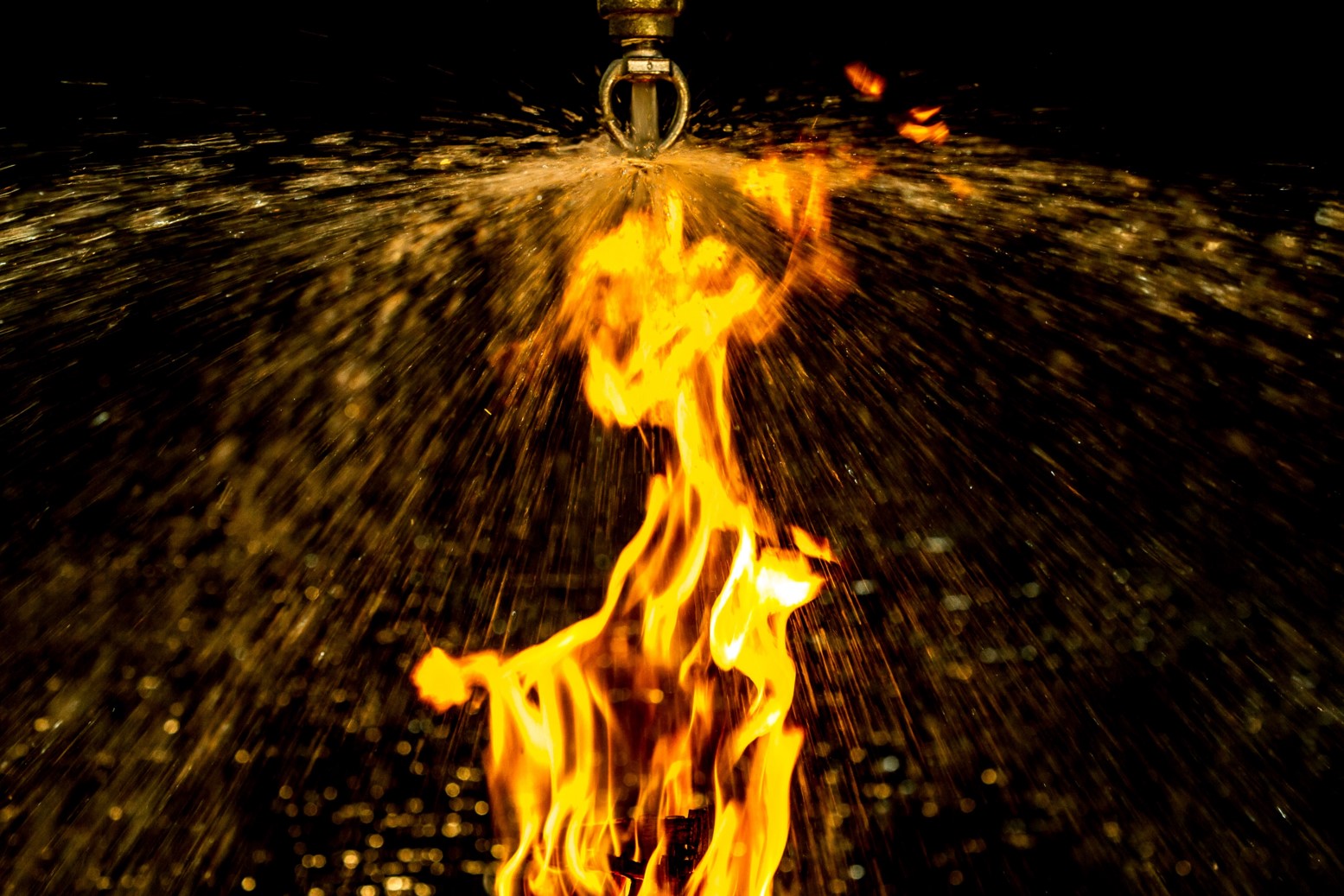

CODE CONSULTING
Our building code experts assist developers, owners and architects with integrated building and fire code consulting services. Our team is involved early in the design process to identify potential compliance issues and develop effective and efficient solutions that meet design intent. By performing periodic drawing reviews at the key stages of design, we can resolve issues and develop solutions to save time and cost in design and construction phases.
SYSTEM COMMISSIONING
A fire and life safety system is only as good as it's installed. From design, inspection, testing, and maintenance, we work with you to ensure your systems are operating efficiently throughout their life cycle. Without the right commissioning it is challenging to ensure that your fire and life safety systems will meet code minimum, performance-based design, and end-user requirements. Our systematic commissioning and integrated testing approach for life and safety systems helps you document, verify, and sustain performance of the facility assets that are critical to your business.
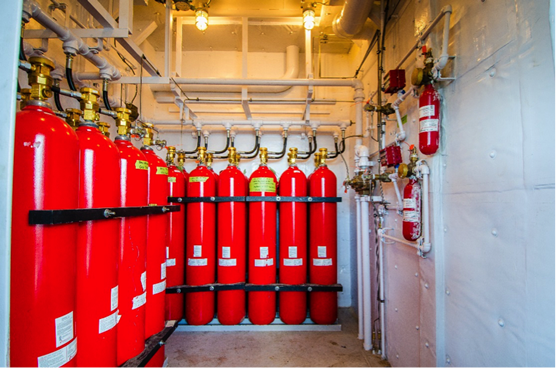
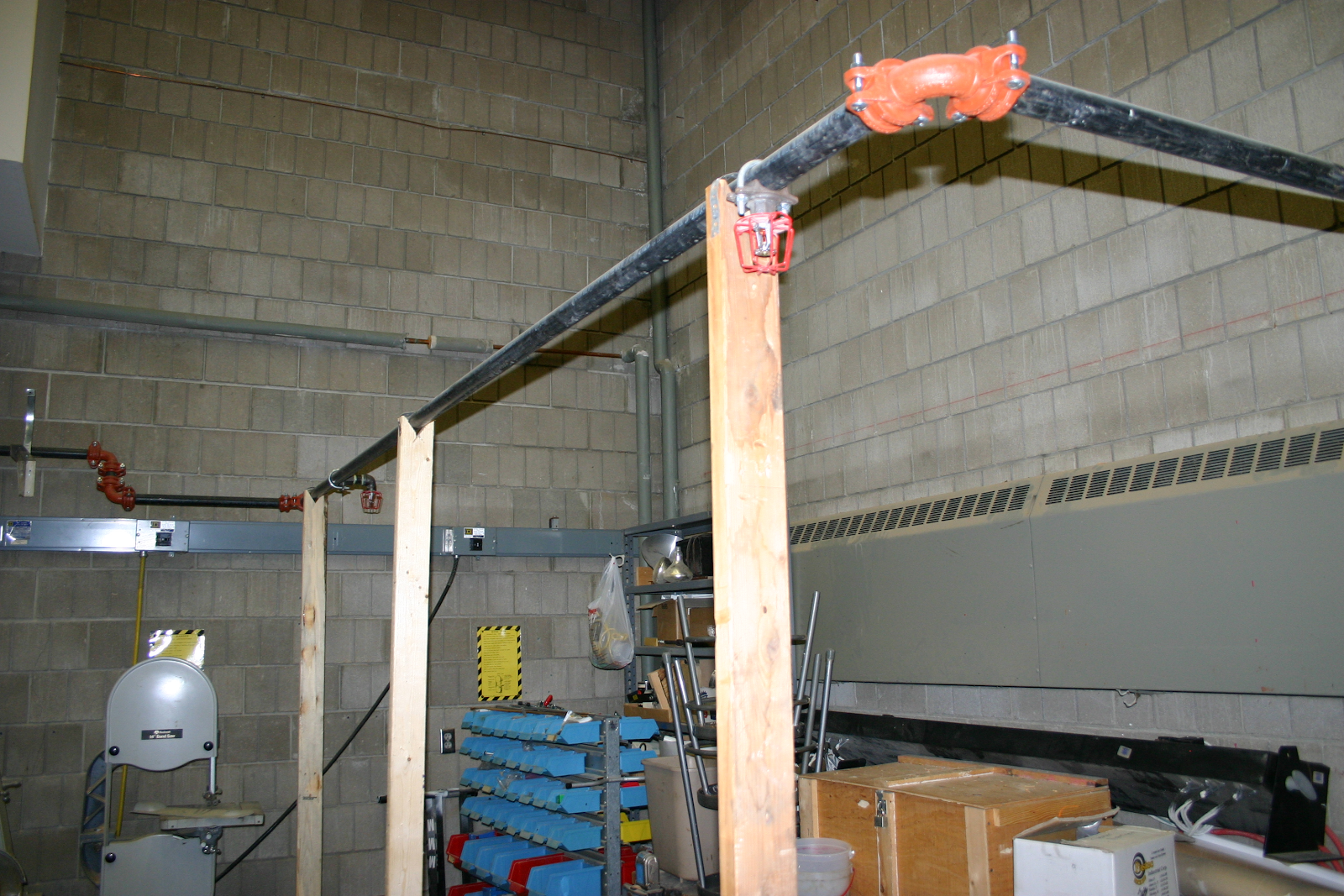
INSPECTION AND TESTING
Hidden deficiencies that aren’t caught before an inspection can lead to penalties, fees, or even a loss of accreditation. We can inspect fire suppression, fire detection and alarm, smoke control, passive fire protection and other life-safety systems prior to final acceptance testing by the AHJ. When possible, we can develop alternative design and methods of construction for submission to the AHJs.
FIRE, SMOKE, AND EVACUATION MODELING
Codes and Standards require fire safety features based on a one-size fits all approach. While traditional compliance may be acceptable for many structures, it can limit design flexibility for many complex and state-of-the-art projects. Our engineers draw on advanced modeling techniques for alternative or performance-based designs as well as forensic applications to help achieve the desired vision and solve complex fire safety challenges.
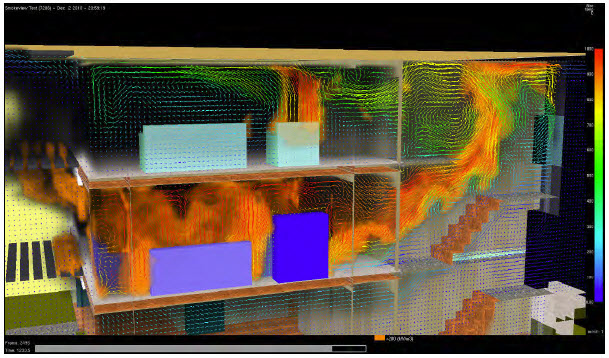
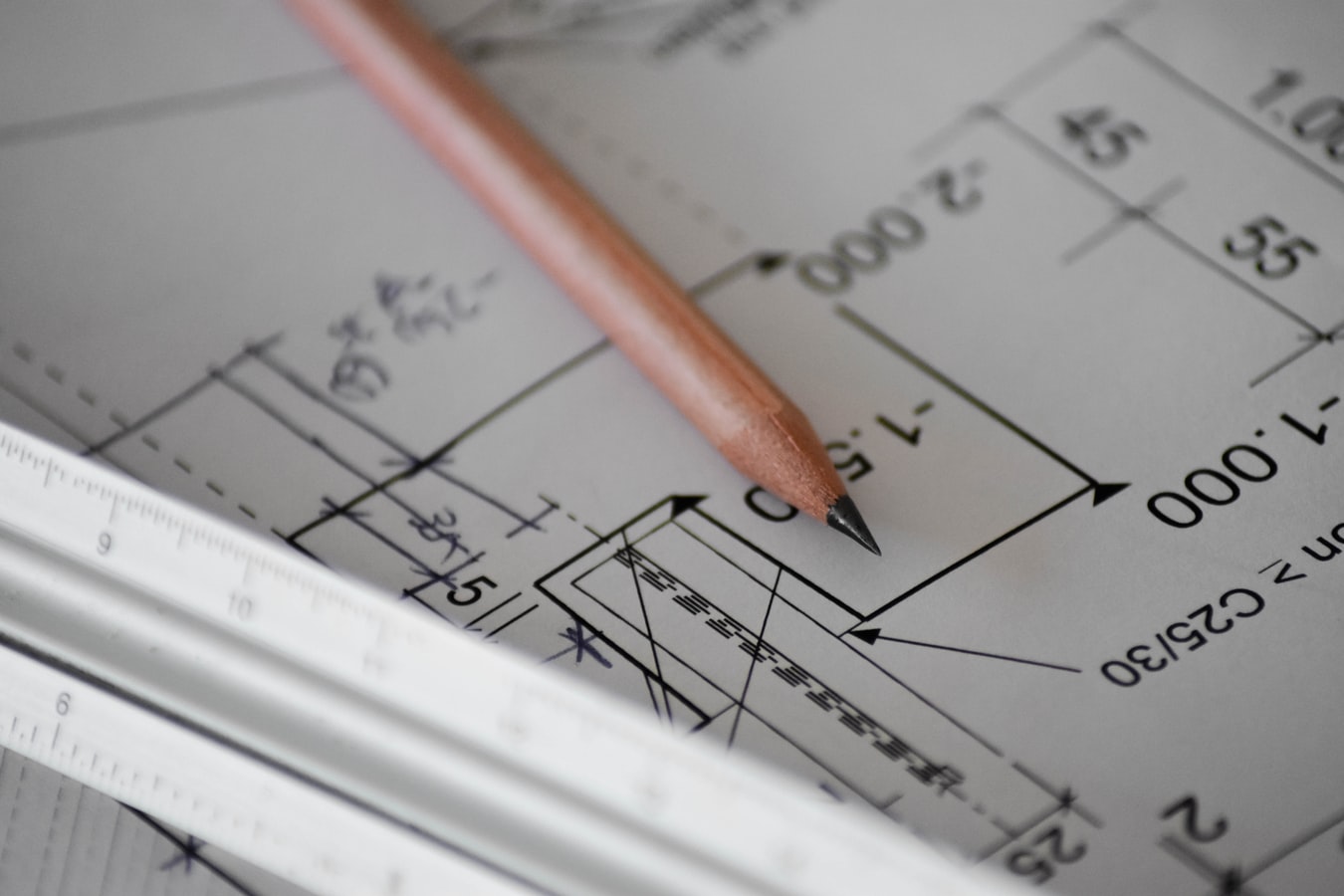
AHJ REPRESENTATION AND PLAN REVIEW
To ensure timely building permit approvals, it’s critical to know code requirements and to have a clear understanding of the AHJ’s expectations. We review design drawings for compliance with the life safety, fire protection, and accessibility requirements of the codes and standards. Fire protection, contractor shop drawing submittals, fireproofing and fire resistance-rated assemblies submissions are reviewed.
RISKS AND HAZARDS
HAZARDOUS MATERIALS
The safe and compliant classification, handling and processing of hazardous materials is critical to life safety, business continuity and loss prevention in a facility. Our experts draw on our code, design and analysis expertise to create a prioritized mitigation strategy through onsite evaluations, hazard assessments, software solutions and training.
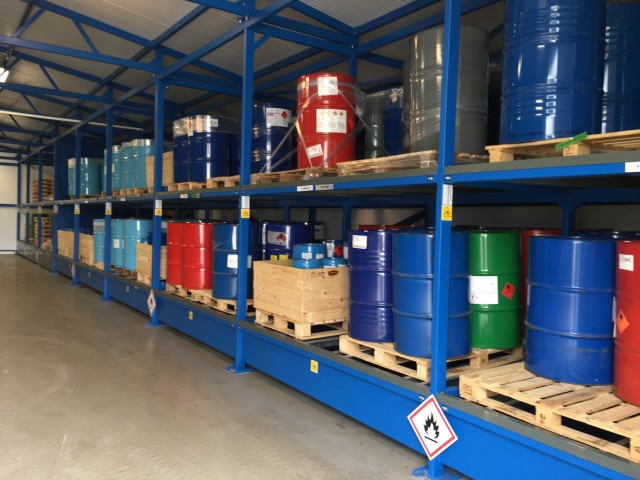
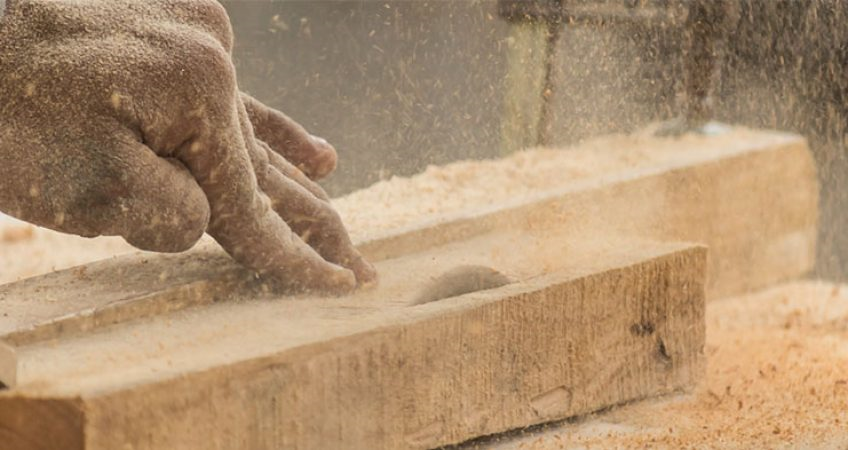
COMBUSTIBLE DUST SAFETY
Combustible dust explosions can be one of the most under-recognized hazards in industrial facilities. Without proper awareness and planning, the risk of an incident can threaten life safety, operational continuity and regulatory compliance. Our team of experts can help you better understand your risk, develop and optimize mitigation strategies and provide training to prevent potential combustible dust explosions.
EXPLOSION PROTECTION
Industrial explosions present serious risk to any company that manufactures or handles combustible dusts and vapors. Ignition of a dust or vapor cloud in process equipment can not only destroy the primary vessel, but also spread to interconnected equipment and into the plant, causing secondary explosions with devastating results. We have developed various methods of deflagration protection, in accordance with NFPA 68 and NFPA 69, that can protect facilities against explosions and limit the extent of damage, including rapid explosion suppression, venting and isolation. We can also conduct third party reviews to ensure compliance.
